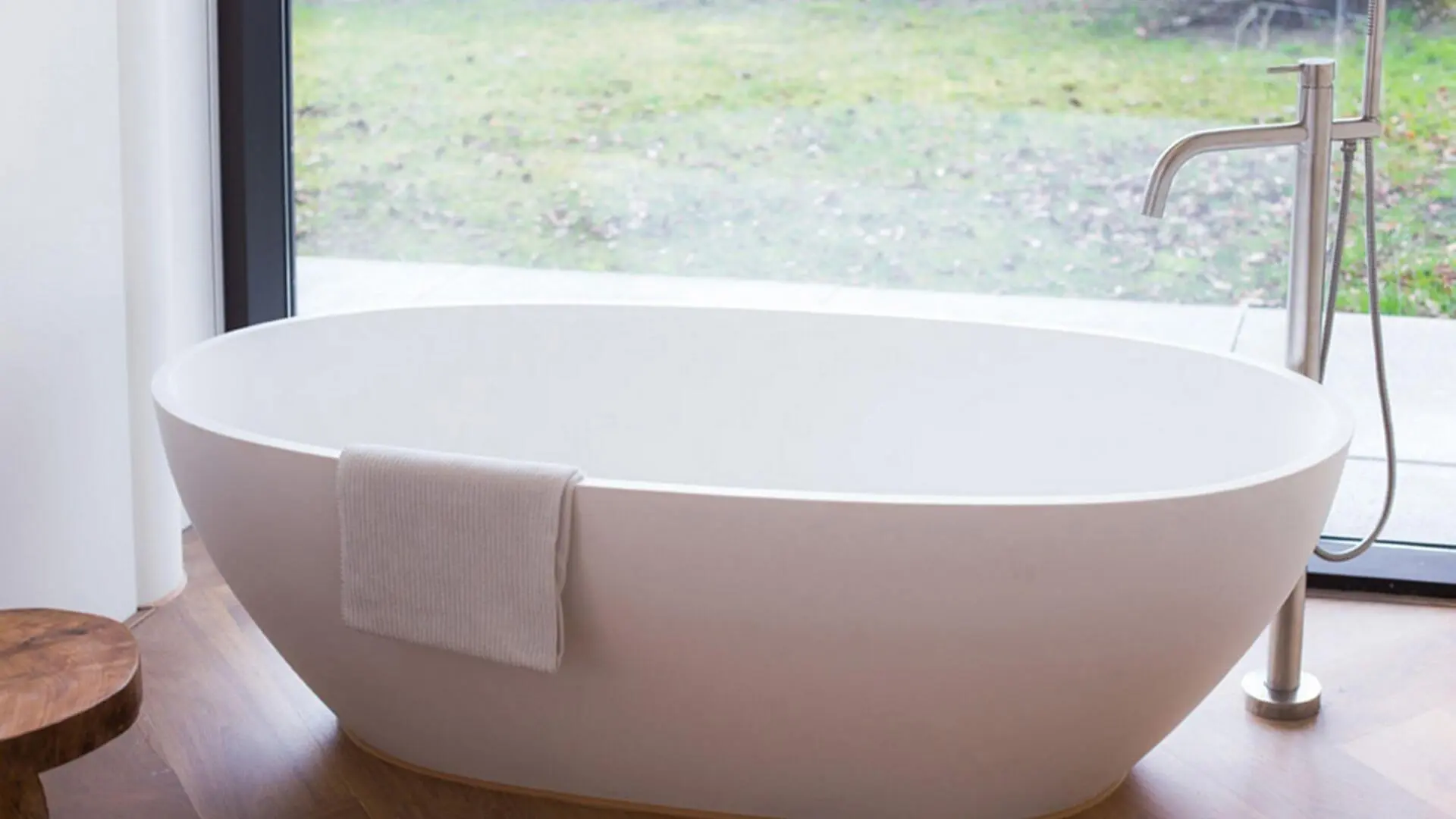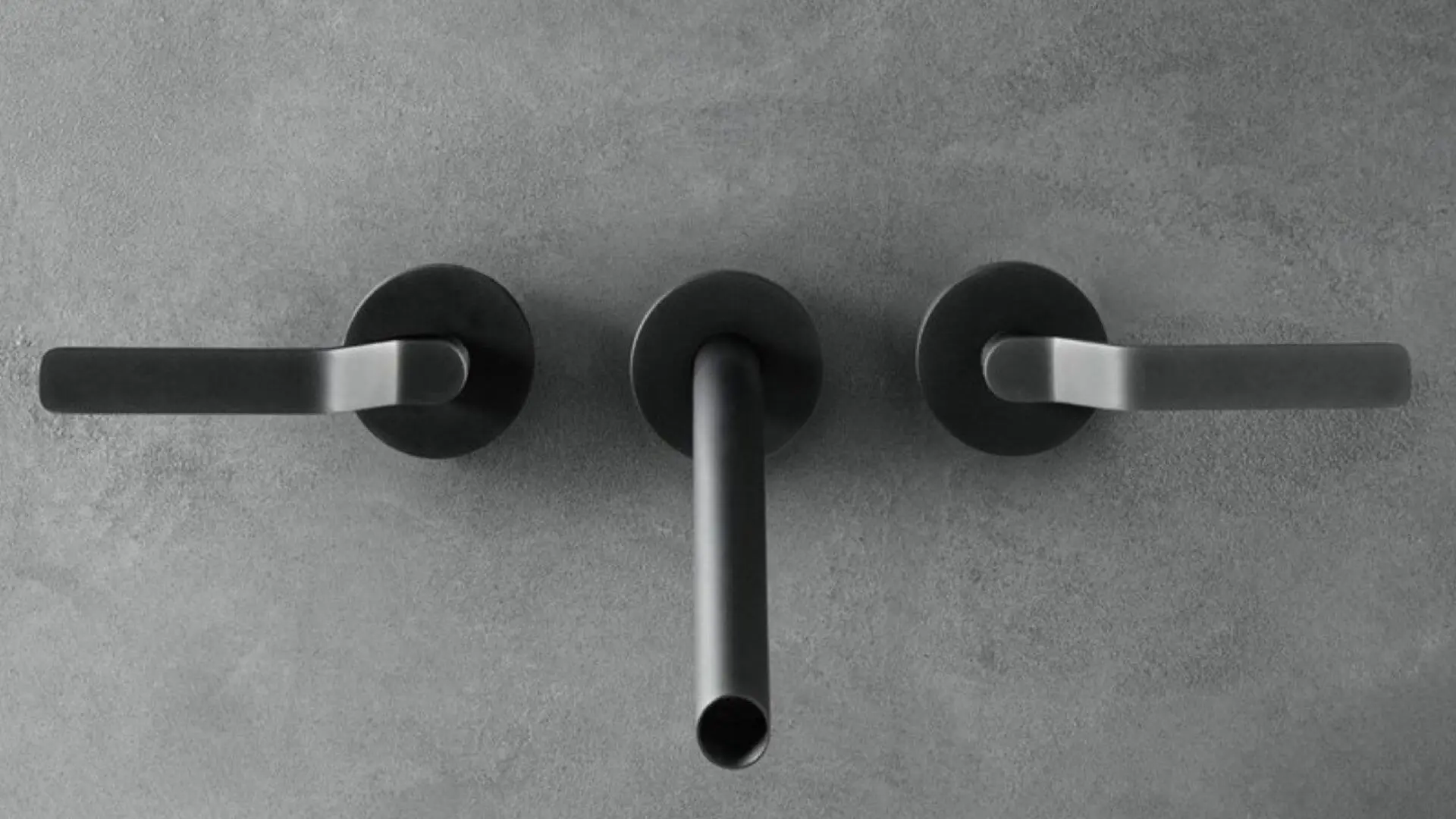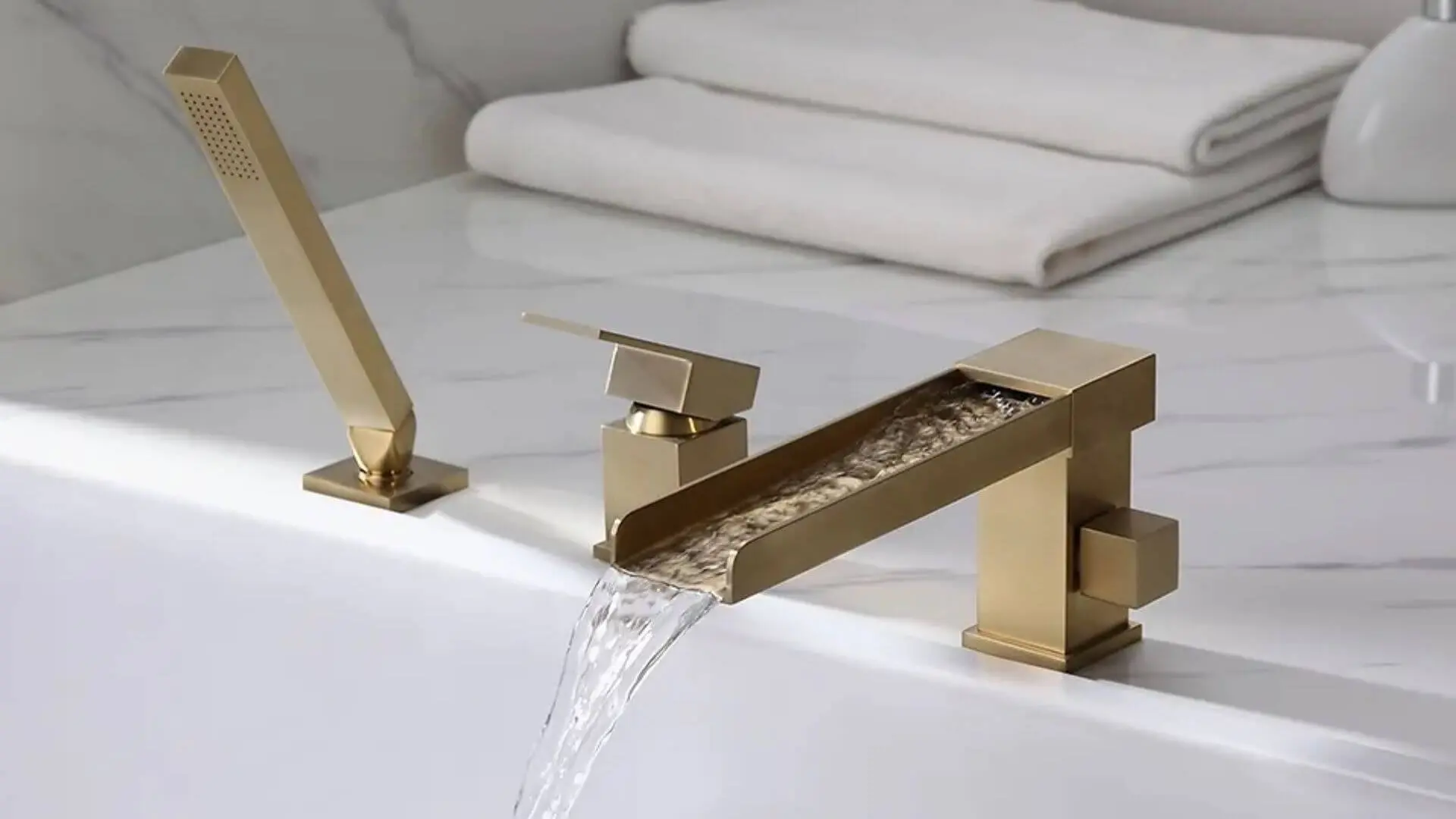Choosing taps for various needs around the house can be tricky for many homeowners. Baths, showers, and bathroom vanities each need different faucets for both functionality and usability. If your tapware is aging or dripping, it could bump up your water bills.

Sure, installing the same taps throughout your home might be quicker, but it’s worth picking the right ones for each area. Imagine that beautiful bathroom tap sticking out like a sore thumb in your kitchen.
We will look at the different types of taps for bathrooms and kitchens. You can avoid the daunting experience of choosing your taps by carefully considering all available options while focusing on their style and application as the leading deciding factors.
As interior design trends evolve, tap manufacturers have kept pace, offering a wider variety of styles and finishes. These options can transform the look of your kitchen or bathroom. However, sorting through what’s best for you can be a bit daunting.
If you’ve got a leaky tap, changing a tap washer can be a quick fix, or you could call a plumber to get it sorted. Replacing worn or dated taps can instantly refresh your kitchen or bathroom. Let’s explore various options, from traditional tap designs to the modern tap and fittings.
Different Taps Explained
1. Floor Mounted Taps
These are relatively new in the market. When you use floor-mounted taps, there is no need to hide the plumbing or pipes. This is because the taps are available from the floor to the tub, thus making it possible to have your bathtub anywhere in the bathroom. So far, you can have the fixtures directed to that section of the bathroom.

2. Wall Mounted Taps
Wall-mounted taps are also contemporary. They are fixed to the wall and usually fill the basin or bathtub. It is easier to clean the wall-mounted taps, but repairing them can be challenging, considering the plumbing is always in the wall.

3. Pillar Taps
This style of tap usually has independent valves controlling water flow. You can have them in baths and basins with two tap holes – cold and hot taps.

4. Mixer Taps
Mixer tap types, like compression and monobloc taps, ensure that the cold and hot water mix before the water leaves the faucet. Thus, the hot and cold water from the tub or basin has an even temperature. This ensures that you do not have water that is too hot or too cold.
The cartridge tap is called ‘mixer taps’ all over Australia. When the handle is operated left and right, it controls the temperature.

5. Bath Filler Taps
Like mixer taps, bath filler taps match two levers to regulate the temperature and flow of water. This means that you get the ideal water temperature in the end. Interestingly, they work at even low water pressure.

6. Bath/Shower Mixer Taps
These are combinations of bath fillers and hand-held showerheads, usually emerging from the tap. They are multifaceted; you can have them function as a shower or fill your bath, but you cannot use them for basins.

Now that you know the different types of taps available, here are some quick tips before going for any of the options above.
Types of Tap Finishes
All those different types must have the best finish that matches the other parts and the general style of your bathroom. If looking at the Victorian style, you should use gold or brass effect taps. These materials and finishes give your bathroom a unique touch of traditional luxury and feel. You can go for standard chrome taps if you want a modern but classic style for your bathroom. In such a case, a matt or shiny finish would be great.
Though shiny chrome taps look stunning, they do need regular cleaning to stay that way. On the other hand, brushed or matt chrome finishes are sleek and need less TLC.
Tap Fitting and Installation
Ideally, taps are fitted in baths and basins using built-in holes—something you can handle yourself. But when it comes to modern designs, like wall-mounted or freestanding taps, it’s wise to get a plumber involved. Such models often have tricky behind-the-scenes fittings.
Whichever option you are settling for, ensure that you work with a competent and experienced plumber to help you with all your plumbing needs. An incompetent plumber will most likely leave you with a faulty finish and may cause damage to your household plumbing system.
If you need help with tap fitting or any plumbing problems, contact the best plumbers in Sydney, Fixed Today! Get in touch on {{custom: phone}} or email us today.














